







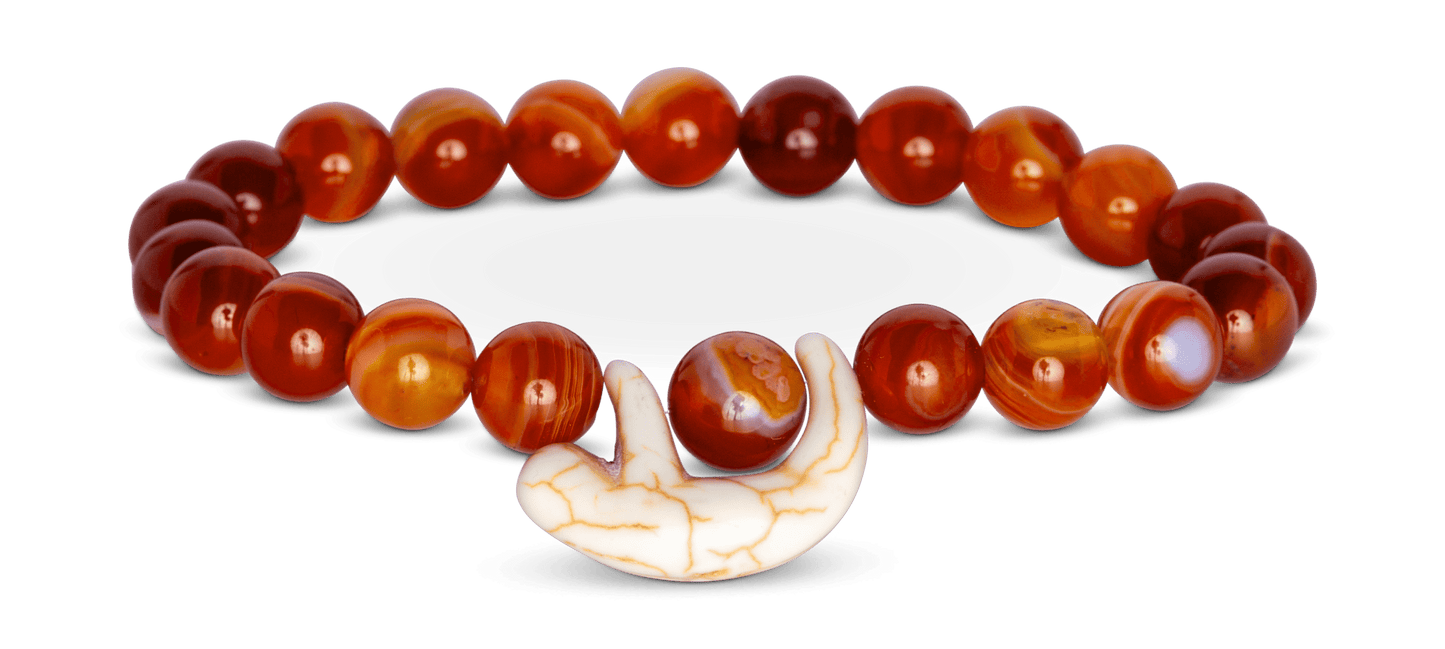
Each Bracelet Comes With
a Real Sloth to Track
Each Bracelet Comes
With a Real Sloth To
Track
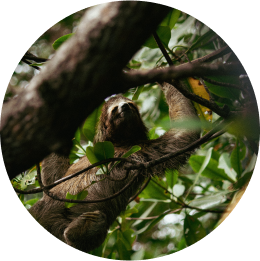
Meet your sloth and learn their incredible story
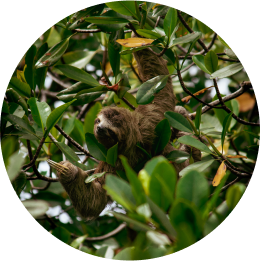
Reveal exclusive stats, photos, and updates along the way
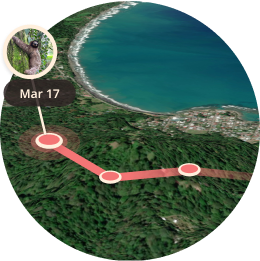
Follow their path on an interactive tracking map

In partnership with The Sloth Conservation Foundation
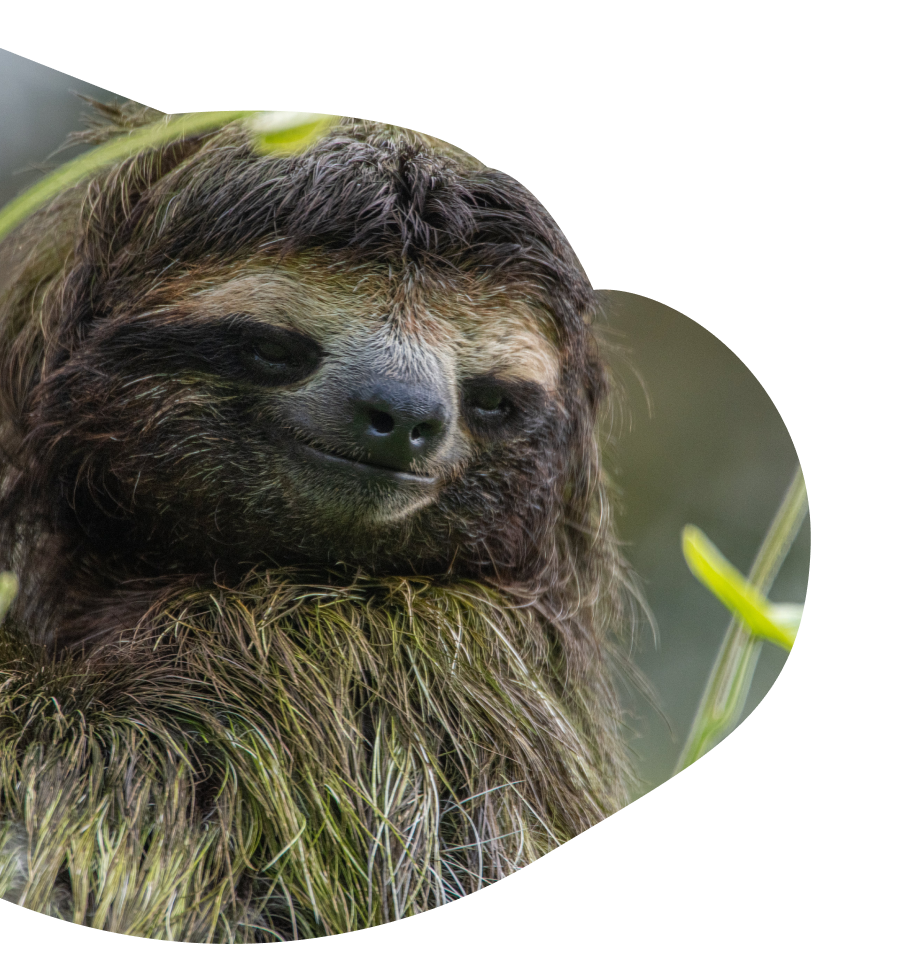
Made in partnership with The Sloth Conservation Foundation to support their work saving sloths in Costa Rica. Fahlo's goal is to help further their mission alongside community outreach and education, sustainable sloth tourism, and strategies to foster peaceful human-sloth coexistence.
One Small Bracelet.
One Big Mission.
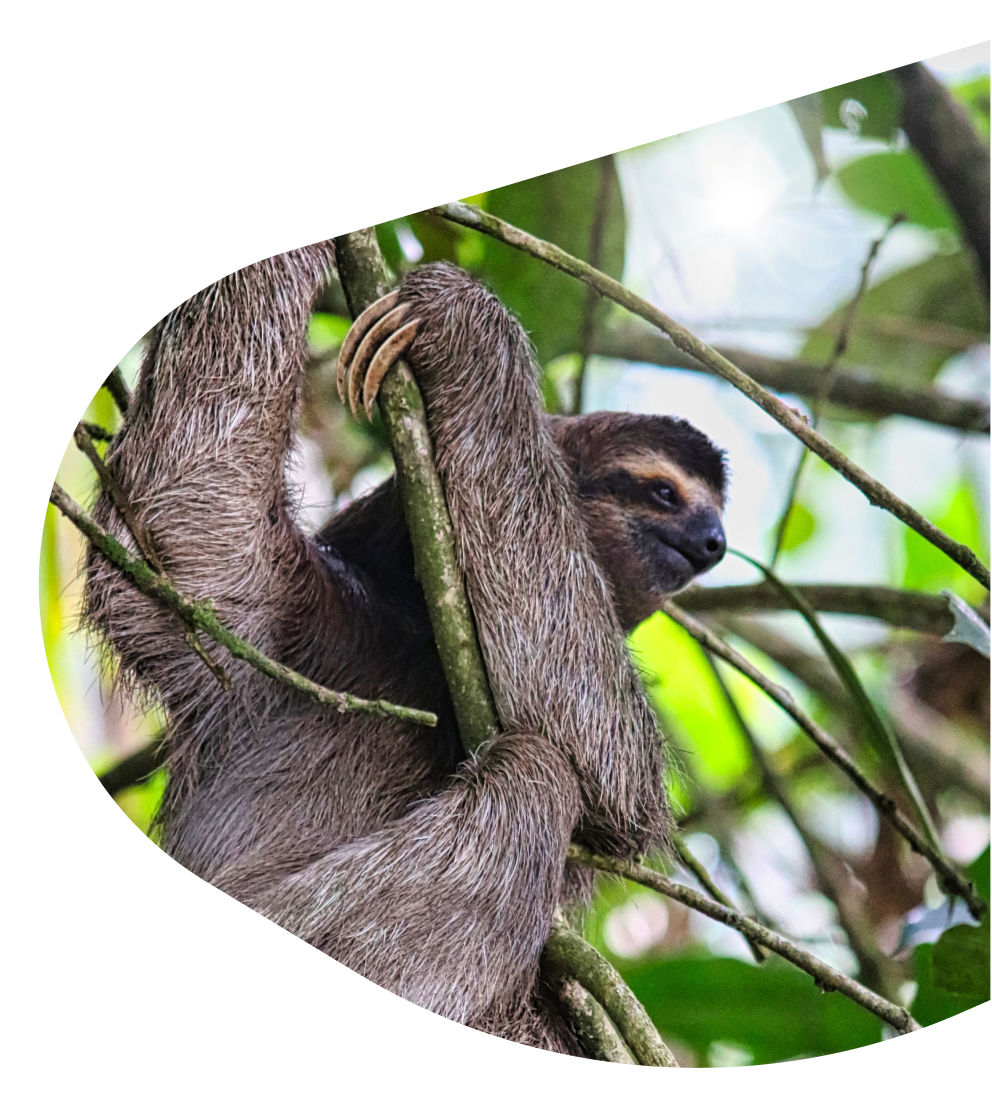
Common Questions
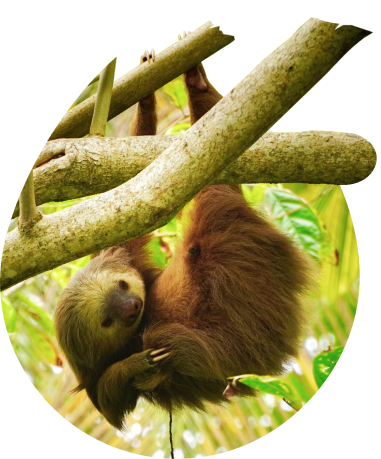








 This animal’s safety guarded with the Fahlo Protection Ping™
This animal’s safety guarded with the Fahlo Protection Ping™ If you add 3 or more, you get free shipping!
If you add 3 or more, you get free shipping! Fahlo donates 10% of all profits to our nonprofit partners
Fahlo donates 10% of all profits to our nonprofit partners Sizing: Elastic, one size fits most
Sizing: Elastic, one size fits most SSL Secure Checkout
SSL Secure Checkout Worldwide Shipping
Worldwide Shipping Dedicated Customer Service
Dedicated Customer Service 100% Happiness Guarantee
100% Happiness Guarantee